The Vrsic Pass is written in original Slovenian as Vršič, in Italian as Passo della Moistrocca, and in German as Werschetzpas. With its 1611 meters of elevation (5285 ft) it may not look so high in comparison with other great passes in the Alps like the Stelvio or Gavia passes, but it is very attractive.
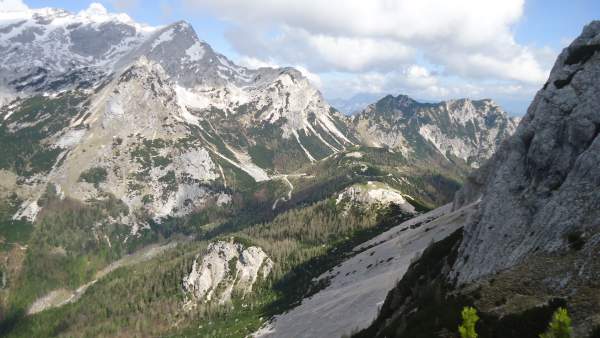
This is the highest pass in the eastern Julian Alps and in Slovenia. Note that the nearby Mangart saddle is far higher, but the road to the saddle is a dead end and not a real pass.
The official name of the part of the road from the Kranjska Gora side till the pass is the Russian Road (Ruska cesta in Slovenian) and there are truly good and sad reasons for such a name. This is due to a tragic accident that took place here 100 years ago, more precisely in 1916.
There were around 10000 Russian soldiers, prisoners of war (this was the World War One), who were forced to build the road across the pass. So at some moment, there was an avalanche and 300 of them and a few Austrian guards were killed on the spot.
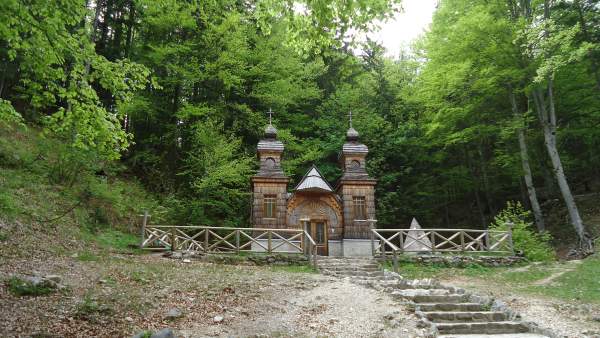
That same year, the rest of the prisoners build a wooden chapel (Russian Chapel) close to the road, and it is still there and you can see it in the picture here.
The road is 24 kilometers long and you have no less than 50 hairpin bends there, 24 on the Kranjska Gora side and 26 on the Trenta valley side. The information I found there says that the road is open in average 7 months per year and closed in the winter time.
My emotional trip
I have passed it 26 years ago together with my wife and our two daughters, they were only 3 and 1 year old at the time. This was on our way from Trieste in Italy, and we spent a night in the Tičar hut (Tičarjev dom) which is directly on the pass, see it in the picture below. I was there again in 2010 when I climbed Mangart and Jof di Montasio (Montaz).
This year, in May 2017, I passed it again and spent a few nights on the pass. Wanted to do some climbs but this was too early in the season, all peaks around were still under the snow, and I had to change my plans. So I did some long walks at lower altitudes. This was an emotional journey for me, after so many years. The photos shown here are all new from this latest trip.
Here is a video about the pass, please have a look:
Climbing routes
Once you get to the pass, you have plenty of options to climb around or just to do some hiking. Make sure not to go too early in the season. I arrived on May 16th and all peaks were under the snow, I could see or hear small avalanches all the time, and the huts on the pass were all closed.
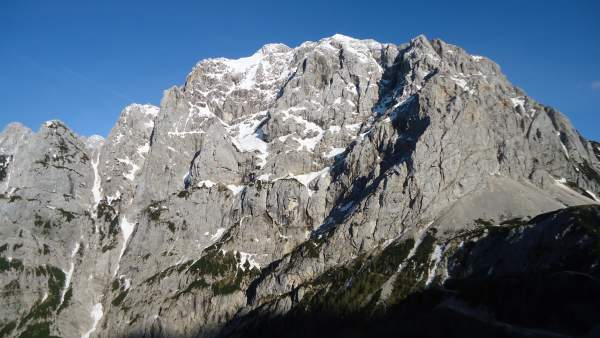

Do not underestimate the height of the peaks around. They are lower than in the rest of the Alps, but they are demanding and dangerous in the case of snow. Even a short snow passage can ruin your plans, and if you do not know the route, you will not be able to follow it in the case of snow. So simply do not go if the route is under the snow, it is pointless.
There was only one souvenir shop open on the road and I asked the man about climbing. He said he did not see anybody doing any climb until that day. He was right, after staying a few days on the pass (sleeping in the far) and making some long walks around, I have never met anybody. It was obvious that nobody passed the routes from the last summer. Of course, there were some tourists passing the place and stopping to take photos but in general, the pass was deserted, in particular during the night.
The closest mountains and peaks to climb on the west side of the pass are:
- Mala Mojstrovka (2332 m, 7651 ft),
- Velika Mojstrovka (2366 m, 7762 ft),
- Slemenova Špica (1911 m, 6270 ft),
- Travnik (2378 m, 7801 ft).
All of them can be climbed from the pass in a few hours time. There are ferrata sections, so be ready for this. In general, if you have problems with vertigo, better not going to the Slovenian Alps. They are usually very sharp and the routes are steep, with cables in many places.
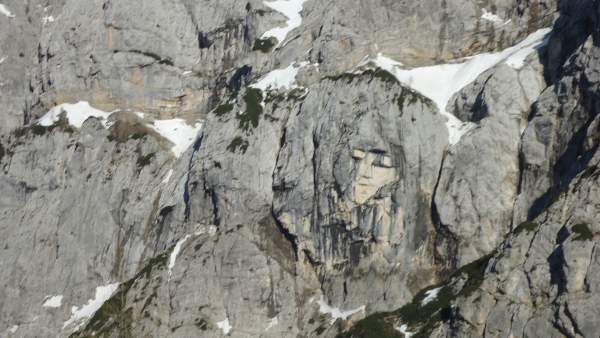
On the east side of the pass, again directly above the pass, is mighty Prisojnik (Prisank, 2547 m, 8356 ft) with several routes that all start at the pass, some of them are ferratas and you will need the appropriate equipment. Behind it is Zadnji Prisojnik (2392 m, 7847 ft), Razor (2601 m, 8,533 ft), Mali Razor (2202, 7224 ft), Planja (2,453 m, 8,048 ft), and many other peaks.
One of the routes to Jalovec also starts at the pass. I walked it till the hut Zavetište pod Špičkom (2064 m), but could not continue because of the snow. Till next time…
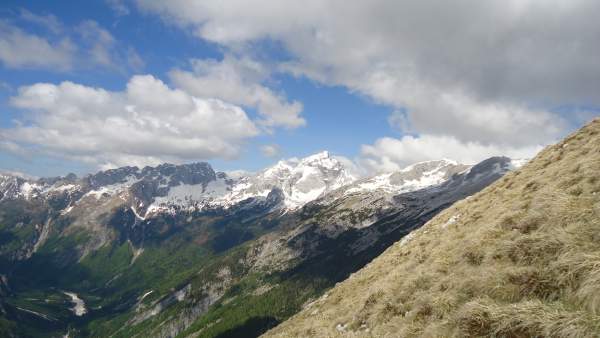
Huts
There are many huts around. Directly on the pass, you have the Tičar hut (Tičarjev dom; 1620 m, 5310 ft), and Postman’s hut (Poštarska koča, 1725 m, 5659 ft).
Below the pass in the direction of Kranjska Gora you have the Erjavec Lodge (Erjavčeva koča; 1515 m, 4970 ft), Miho’s Lodge (Mihov dom), and the Forest Lodge (Koča na Gozdu, 1226 m, 4022 ft).
There is also the hut Zavetište pod Špičkom (2064 m, 6771 ft) which is some 3 hours of walk from the pass. This is the best place to stay if you want to climb Jalovec.
Yet another hut is Pogačnikov dom on Kriški Podi (2050 m, 6725 ft), this is several hours of hiking in the southwest direction from the pass.
Note that both huts on the pass were still closed when I was there, and this was mid-May. They start working from June. The same was with the Zavetište pod Špičkom hut, nobody around.
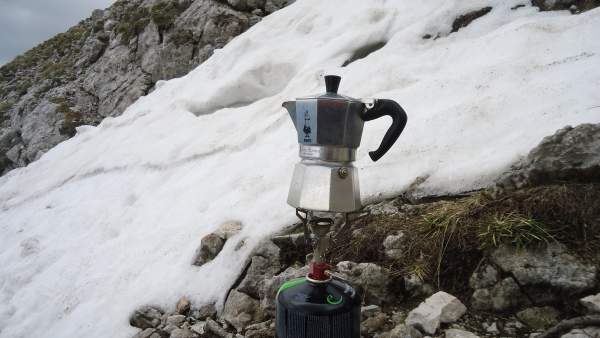
Car parking at the pass
There is a lot of space around to park a car. There are no ramps and parking is free. Previously, I have seen some information on the Internet about payments for parking, but this is wrong. In May 2017 this was definitely not so. It was the same during my previous visits.
This is inside the Triglav National Park, so follow the general rules that apply for such places. You can read about my tour to Triglav in a separate text here in the site.
Access roads
The Vrsic Pass is accessible from the north, from the southeast, and from the south.
There are two possibilities from Austria (the north approach), either over Korensko Sedlo Pass (Wurzenpass) or by using the highway through the Karavanke tunnel (you will have to pay some 7 Euro for the tunnel). Both ways go to Villach in Austria.
The southeast is the highway to Ljubljana, pleasant, no tolls. The south approach is from the Soca valley and it goes further to Trieste in Italy.
I have passed all of them many times. Note that there is vignette to be paid for Slovenia (some 15 Euro for 7 days), and for Austria (around 8 Euro for 10 days); annoying, I know.
Maps
I am old school, so I still use maps. For this area, I have WK 141 Julische Alpen 1:50000 (freytag & berndt). Good enough.
Equipment
Most of the tours around are ferratas and it is good to keep the appropriate equipment in the backpack, in particular, if you are not familiar with the terrain. All that you need about equipment, you can find in my equipment page.
Thank you for reading. Let me know if you have questions and comments, there is a comment box below.
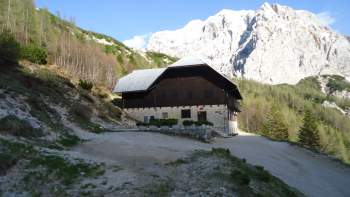
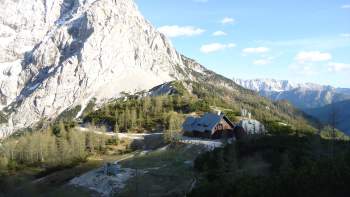
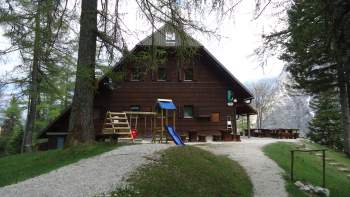
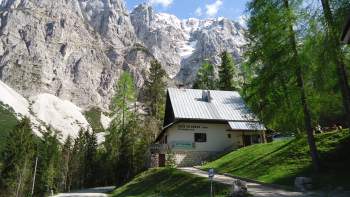
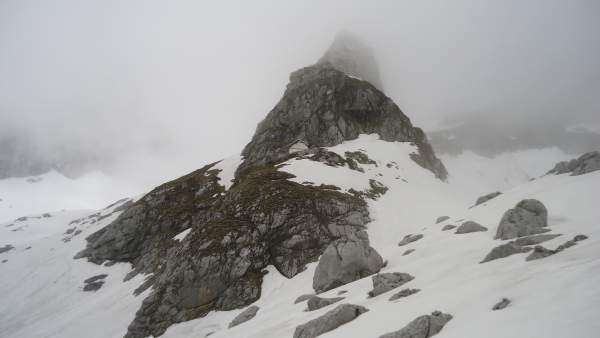
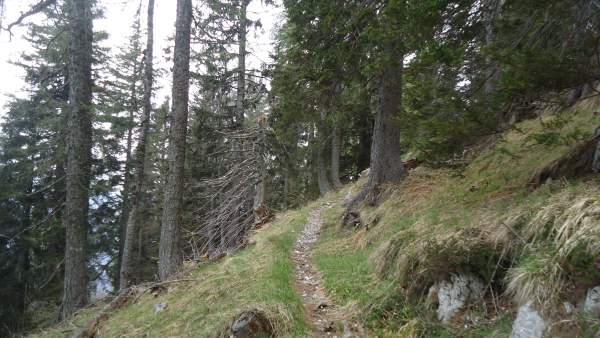
Leave a Reply